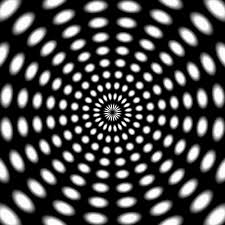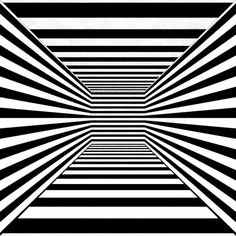|
LITR 4368 Literature of the Future |
Sample answers
for Essay 1:
|
 |
Timothy Doherty
9 May 2019
Alien Contact and Technology
This course expanded my understanding of the various
scenarios at work in speculative fiction. Two of the most popular scenarios are
alien contact and high-tech. Scenarios of alien contact provide opportunities to
explore the concept of interaction between “self and other” (White). High-Tech
and cyberpunk scenarios tend to center on “pop-Romanticism” characterization and
plotting with an emphasis on technology such as computers and virtual reality
(White). Alien contact scenarios might seem like they heavily depend on
high-tech scenarios in practice, but this is not always the case.
Sometimes technological jargon has an exclusionary effect
which prevents a reader from enjoying or even completing the author’s contact
narrative. “Hinterlands” by William Gibson is a perfect example of this
potential problem. A reader can easily lose interest after four or five
incomprehensible devices break the flow of the prose. Gibson begins challenging
less tech-savvy readers in the first paragraph with Toby Halpert’s description
of the “pain switch” built into his “bonephone implant” which by itself is
moderately self-explanatory. However the deeper explanation that follows in the
same sentence requires the reader to have a passing understanding that “pain
centers” are areas in the brain that process pain signals from the body and that
barbiturates are a class of sedative drugs. Gibson continues to throw terms like
“EEG,” “lightsail,” and “singularity” in the reader’s path. I love this kind of
stuff and over the years I have learned how to roll over the speed bumps without
slowing down, trusting that I will figure it out by the time an incomprehensible
detail matters, if it ever matters; but, I can see how wave after wave of
challenging terminology could prevent a reader from appreciating the sublime
mystery explored, but not solved, later in the story.
Other times, a writer takes technology almost completely
out of the equation so that their contact scenario stands on its own. “They’re
Made Out of Meat” by Terry Bisson does exactly that. In fact, Bisson’s story
does away with every bit of unnecessary narrative drag, leaving only a brief
exchange of dialog between two aliens who have discovered humankind and decide
that we are not worth contacting. In the end, Bisson’s aliens ask themselves a
simple question, “Do we really want to make contact with meat?” There is a
disturbingly human judgmental attitude to a question like that; the tone of the
story is humorous, but people have a long, violent history of devaluing
intelligence when it is wrapped in the wrong skin. Luckily, these aliens fly
away and leave us in peace. Avoiding the pitfalls of unnecessary tech-speak
allows Bisson to imply a simple question for the reader: Would we have walked
away or massacred the meaty savages in preemptive self-defense?
And, occasionally, a story explores the notion that
technology can turn humanity into the alien that comes into contact with its
primitive self. “The Logical Legend of Heliopause and Cyberfiddle” by Richard
Goldstein is a high-tech scenario in which Pryer, a cybernetic human, encounters
a Bummer, a purely biological human who happens to have the last wood on Earth.
This is an extremely difficult story to read due to the evolved way that Pryer
thinks and communicates in a strange, computer-like syntax that the narrator
also uses. For instance, “a proximate seek finds Pryer rising from his conform”
(170) describes Pryer leaving his stationary position in Warren Beatty to roll
outside in some sort of suit or vehicle which is never fully described, because,
to Pryer, all the attachments and devices are normal. By keeping the reader
confused with exotic language, Goldstein makes Pryer seems as alien as if he had
come from some distant star to land on Earth. This alienness elevates the
significance of Pryer gradually reconnecting to his human roots through the
process of constructing a violin.
Alien contact and high-tech scenarios often go hand in
hand, but they are not married to each other. Writers are constantly
experimenting with the interaction of technology and contact to create novel,
exciting plots. The three stories discussed here present interesting approaches
to both contact and technology.


